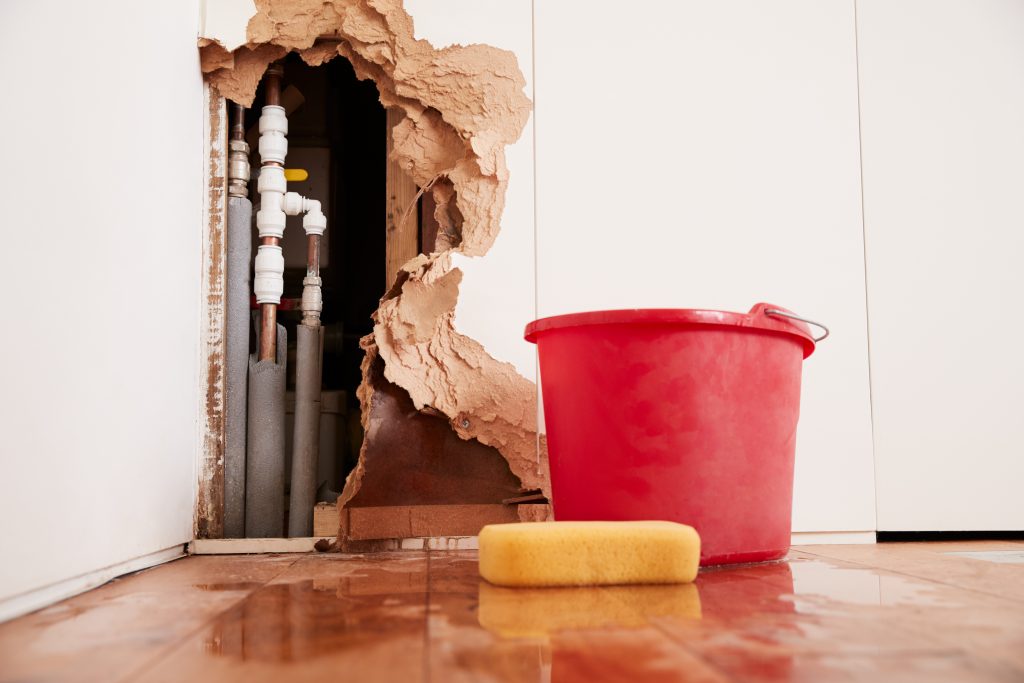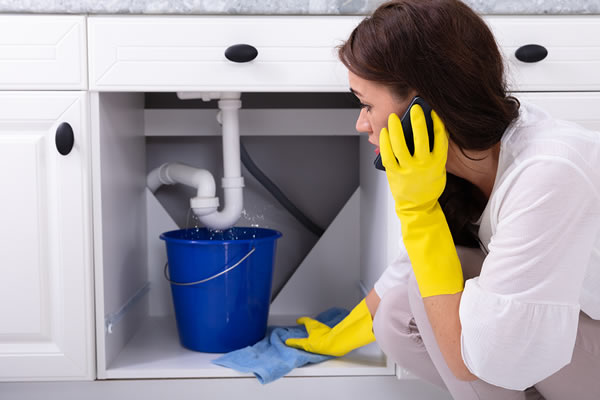What're your thoughts about Top leak detection hacks?

Early discovery of leaking water lines can minimize a prospective disaster. Some little water leakages may not be visible.
1. Examine the Water Meter
Every home has a water meter. Checking it is a guaranteed way that assists you uncover leaks. For beginners, turn off all the water sources. Make certain no one will certainly purge, use the faucet, shower, run the cleaning maker or dishwasher. From there, most likely to the meter and also watch if it will alter. Given that no one is using it, there must be no activities. That suggests a fast-moving leak if it moves. Also, if you find no changes, wait a hr or 2 and also examine back once more. This suggests you might have a slow-moving leak that can also be below ground.
2. Check Water Intake
Examine your water bills and track your water consumption. As the one paying it, you ought to observe if there are any type of disparities. If you find sudden changes, despite your consumption being the same, it indicates that you have leaks in your plumbing system. Bear in mind, your water expense ought to drop under the exact same range monthly. An unexpected spike in your bill suggests a fast-moving leak.
A steady increase every month, even with the same habits, shows you have a slow leak that's likewise gradually intensifying. Call a plumber to completely inspect your property, specifically if you really feel a cozy area on your floor with piping underneath.
3. Do a Food Coloring Test
When it comes to water consumption, 30% comes from commodes. If the shade somehow infiltrates your dish throughout that time without flushing, there's a leak in between the storage tank and also bowl.
4. Asses Exterior Lines
Do not neglect to check your outdoor water lines too. Examination faucets by connecting a garden tube. Must water leak out of the link, you have a loose rubber gasket. Replace this and also guarantee all links are tight. It will certainly help obtain it properly analyzed as well as preserved each year if you have actually obtained a lawn sprinkler system. One tiny leak can waste tons of water and spike your water bill.
5. Check and Examine the Situation
Home owners ought to make it a routine to check under the sink counters as well as also inside cabinets for any bad odor or mold and mildew development. These two red flags suggest a leakage so punctual attention is called for. Doing regular inspections, even bi-annually, can save you from a significant trouble.
Inspect for discolorations and also compromising as a lot of pipelines and also home appliances have a life expectations. If you presume leaking water lines in your plumbing system, do not wait for it to intensify.
Early detection of leaking water lines can mitigate a possible disaster. Some small water leakages may not be visible. Inspecting it is a proven way that helps you find leaks. One small leakage can squander bunches of water and spike your water bill.
If you think leaking water lines in your plumbing system, don't wait for it to escalate.
WARNING SIGNS OF WATER LEAKAGE BEHIND THE WALL
PERSISTENT MUSTY ODORS
As water slowly drips from a leaky pipe inside the wall, flooring and sheetrock stay damp and develop an odor similar to wet cardboard. It generates a musty smell that can help you find hidden leaks.
MOLD IN UNUSUAL AREAS
Mold usually grows in wet areas like kitchens, baths and laundry rooms. If you spot the stuff on walls or baseboards in other rooms of the house, it’s a good indicator of undetected water leaks.
STAINS THAT GROW
When mold thrives around a leaky pipe, it sometimes takes hold on the inside surface of the affected wall. A growing stain on otherwise clean sheetrock is often your sign of a hidden plumbing problem.
PEELING OR BUBBLING WALLPAPER / PAINT
This clue is easy to miss in rooms that don’t get much use. When you see wallpaper separating along seams or paint bubbling or flaking off the wall, blame sheetrock that stays wet because of an undetected leak.
BUCKLED CEILINGS AND STAINED FLOORS
If ceilings or floors in bathrooms, kitchens or laundry areas develop structural problems, don’t rule out constant damp inside the walls. Wet sheetrock can affect adjacent framing, flooring and ceilings.
https://www.servicemasterbyzaba.com/blog/how-to-detect-water-leakage-in-walls/

We were guided to that editorial on Locating water leaks from a friend on a different website. Make sure you take the opportunity to share this blog posting if you liked it. Thank you for your time. Visit us again soon.